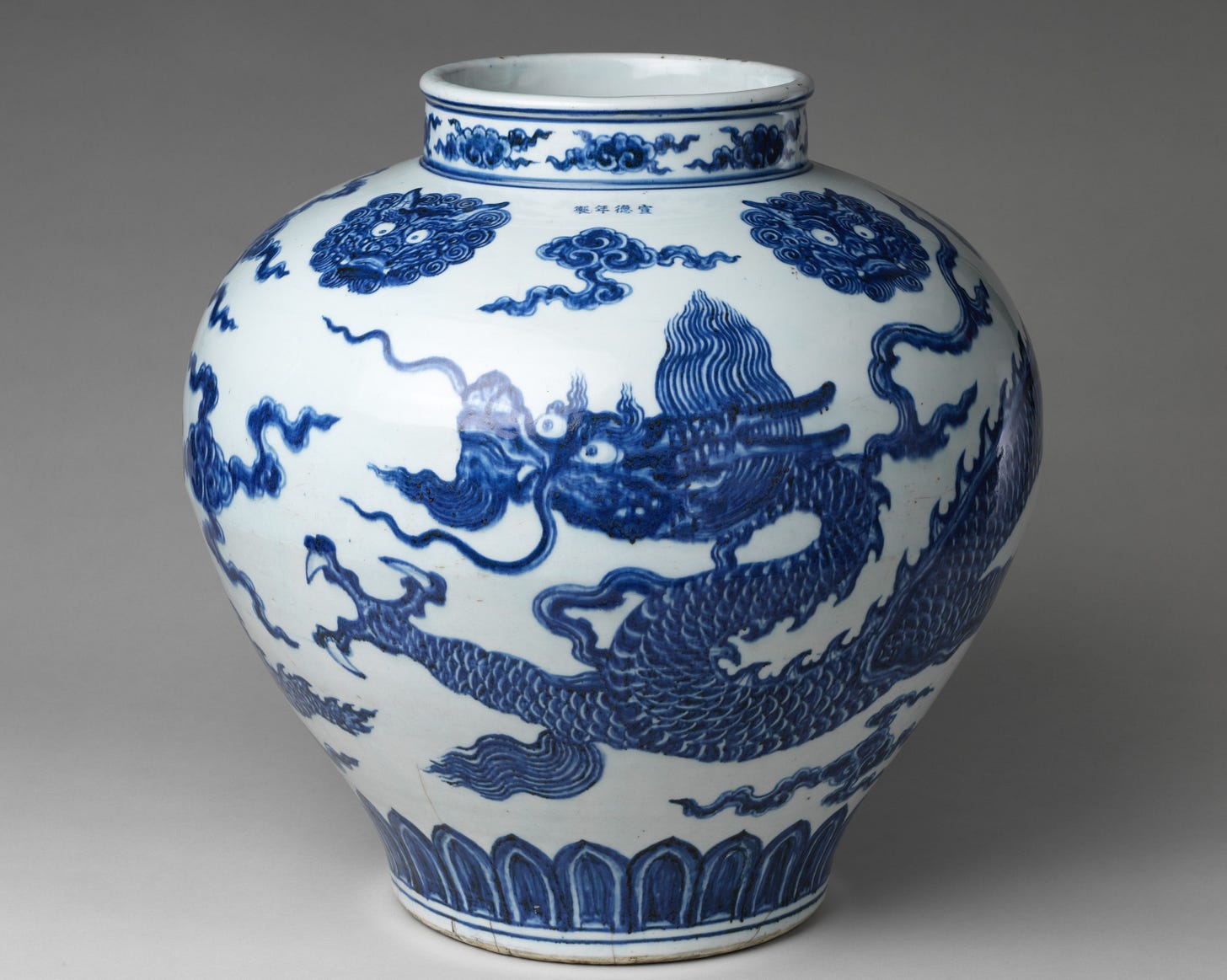The Alchemist Who Broke China's Porcelain Monopoly
Johann Friedrich Böttger made the terrible mistake of promising a king that he could turn base metals into gold. When life hands you lemons, make... fine china?

There are many rules to consider when living under a monarch in Early Modern Europe: don’t publicly protest the king’s authority, stick to whatever flavor of Christianity suits him, and don’t make promises to your sovereign that you cannot keep.
Johann Friedrich Böttger was in a mountain of trouble.
It’s possible that he may have implied to the Elector of Saxony that he knew how to transform base metals into gold. It was also very possible that this was a flat-out lie. After attempting to flee, Böttger was placed under “protective custody” by Augustus II, King of Poland and Elector of Saxony. Augustus the Strong, he was called.
More like Augustus the Spendthrift. Augustus was a committed patron of the arts, and during his reign, he worked to transform Dresden into a stunning cultural center. He also had a habit of fathering dozens of illegitimate children, and he l…



